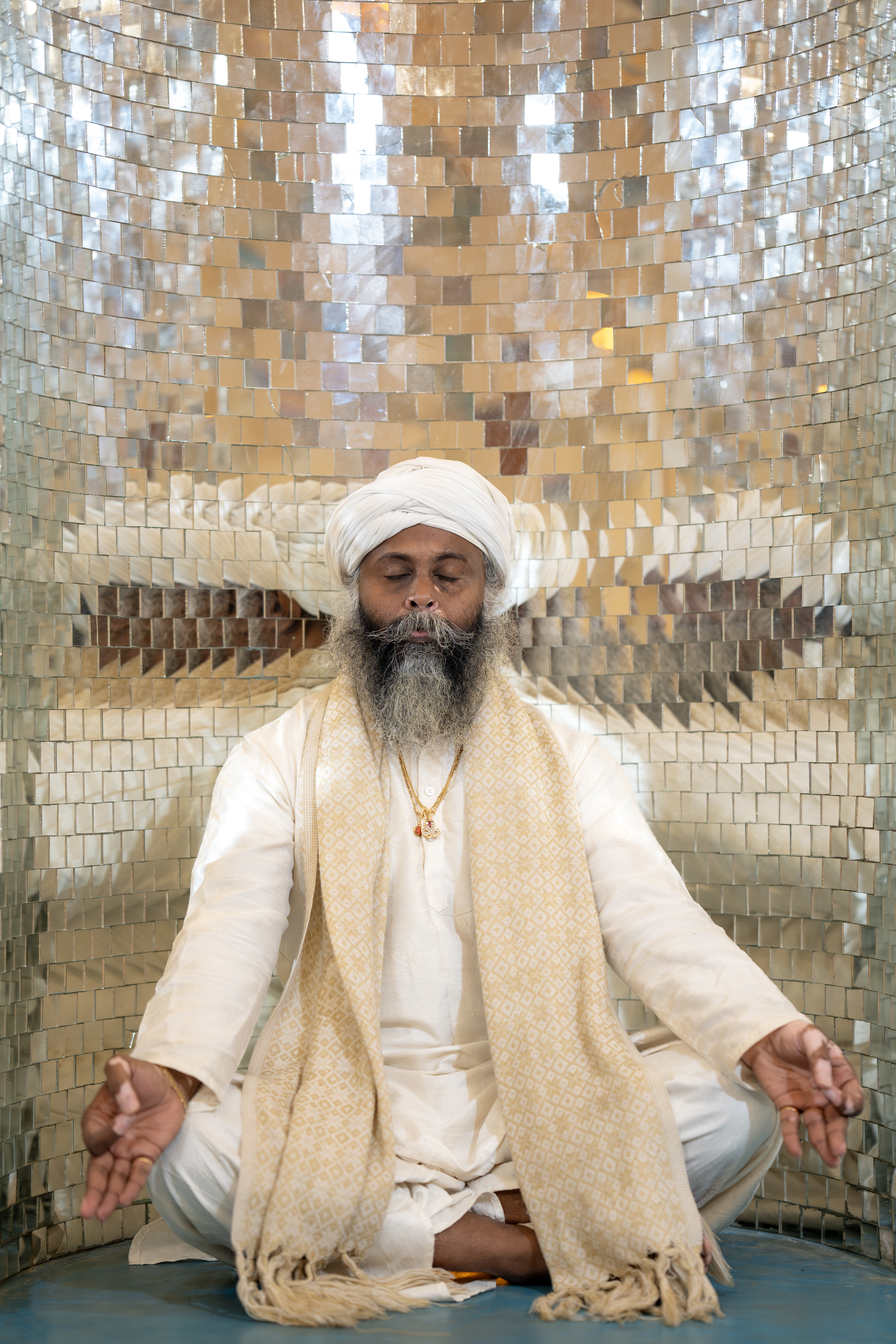When you think of massage, human touch, or emotional bonding, you might think of comfort, connection, or maybe a sigh of relief. But did you know these simple experiences trigger the release of one of the most powerful healing hormones in your body?
We’re talking about oxytocin—often called the “love hormone.” Known for deepening intimacy, soothing anxiety, and nurturing bonds between people, oxytocin is now making waves in a totally unexpected realm: heart regeneration.
💆♀️ Massage and the Magic of Oxytocin
Let’s start with the basics. Massage therapy doesn’t just relax tight muscles—it reshapes your entire biochemical landscape:
- Releases oxytocin, serotonin, and dopamine
- Reduces cortisol, the stress hormone linked to inflammation, weight gain, and disease
- Balances the nervous system, shifting from “fight or flight” into “rest and repair”
Every nurturing touch acts like a whisper to your body: “You’re safe now. It’s time to heal.”
But recent research reveals oxytocin’s role isn’t just emotional—it’s biological, especially when it comes to healing the human heart.
❤️ A Breakthrough: Oxytocin & Heart Regeneration
In a groundbreaking study, scientists uncovered that oxytocin can stimulate stem cells in the heart—specifically in the epicardium, the thin outer layer of the heart wall. These cells, called epicardium-derived progenitor cells (EpiPCs), have the potential to become cardiomyocytes—the muscle cells responsible for each and every heartbeat.
This discovery was first observed in zebrafish, creatures famous for their ability to regenerate organs. When their hearts were injured through a cold-induced trauma, the brain released a flood of oxytocin, which traveled through the bloodstream to the heart. There, it activated epicardial cells and kickstarted the regeneration process.
🧬 What This Means for Humans
Unlike zebrafish, humans have limited regenerative capacity in the heart. After events like heart attacks, scar tissue forms, but true regeneration doesn’t naturally occur.
Here’s where it gets exciting:
- Scientists discovered that oxytocin can stimulate human stem cells (hiPSCs) to transform into EpiPCs—at twice the normal rate.
- Other hormones failed to produce the same effect, proving that oxytocin has a uniquely potent influence on this healing process.
🔑 The Cellular Mechanism: TGF-β Signaling
The regenerative process relies heavily on a communication network within the body called the TGF-β (Transforming Growth Factor Beta) signaling pathway. This pathway controls how cells grow, differentiate, and specialize.
Oxytocin appears to activate and regulate this pathway, essentially flipping the switch that tells cells: “It’s time to repair and regenerate.”
⏳ Challenges Ahead: The Half-Life Dilemma
One caveat: oxytocin degrades quickly in the bloodstream, making its therapeutic effects short-lived. That’s why researchers are now exploring synthetic analogs—longer-lasting versions of oxytocin that could be administered to patients with cardiac damage.
Imagine a future where post-heart-attack recovery includes not only stents and surgeries, but also an oxytocin-based therapy designed to rebuild the heart from within.
✨ Touch, Healing & the Science of Connection
This isn’t just science—it’s poetry confirmed by biology. The very hormone associated with love, intimacy, and trust is also the hormone capable of healing the heart itself.
So next time you receive a massage, embrace someone you love, or allow yourself a moment of vulnerability, remember: you’re not just exchanging affection—you’re engaging in cellular-level healing.
🌿 Final Thought
Oxytocin reminds us that healing is not just mechanical—it’s emotional, relational, and deeply human. The heart may be a pump, yes—but it’s also a story, a memory, a vessel of love. And perhaps, just perhaps, love truly is the most powerful medicine we have.
Touch with intention. Love with presence. Heal with compassion.
Because in more ways than one, the heart is meant to regenerate.


0 Comments